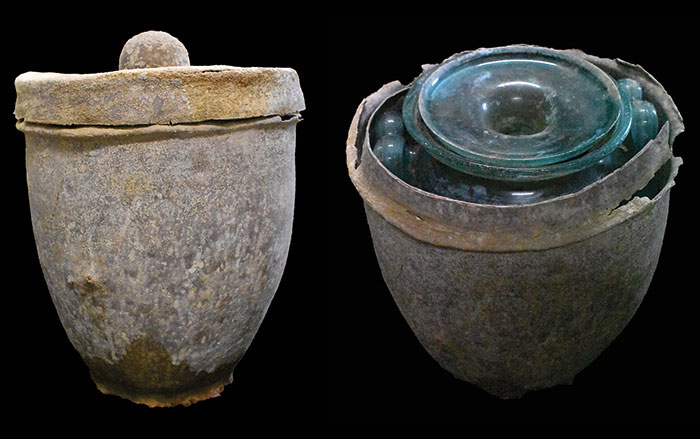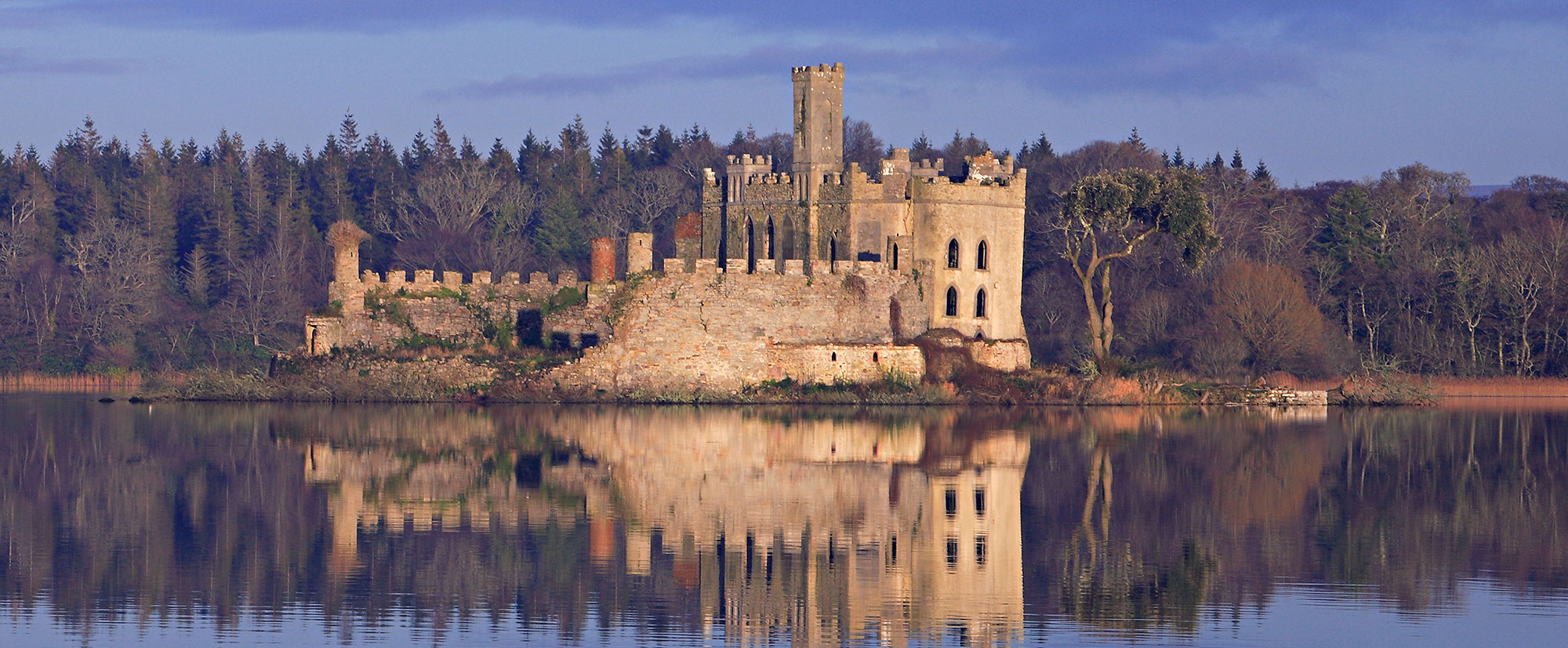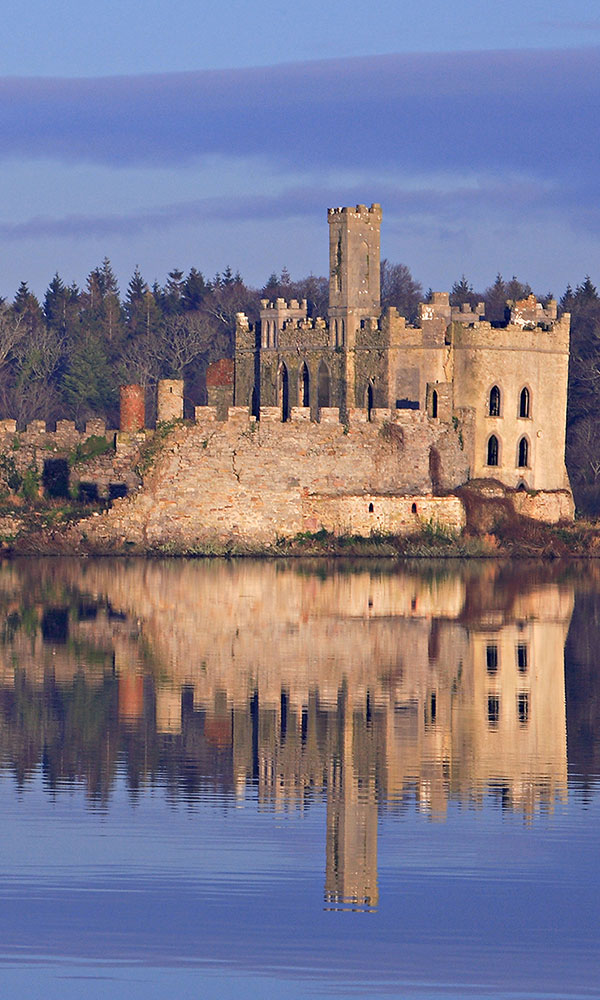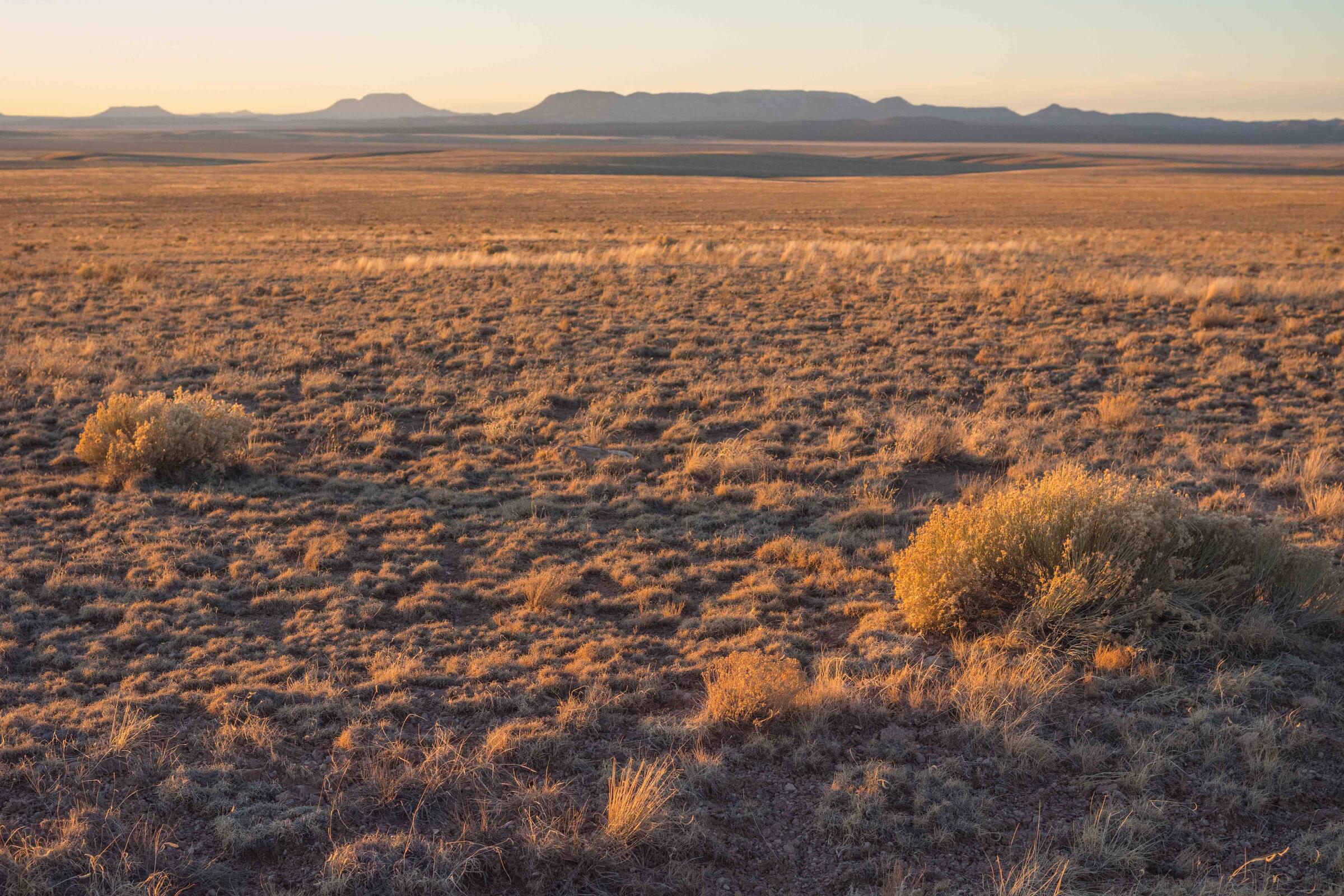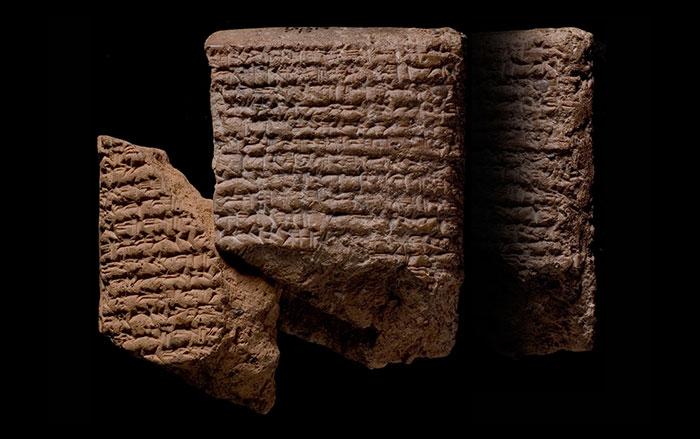
GAINESVILLE, FLORIDA—According to a statement released by the Florida Museum of National History, a team of archaeologists from the University of Florida and the University of Georgia have discovered traces of Fort San Antón de Carlos, a Jesuit mission founded in 1566, on Florida’s Mound Key. Spanish historical documents had suggested that the site, which had previously been the capital of the Calusa, was located on an accumulation of shells, bones, and pottery on Florida’s Gulf Coast. Archaeologist William Marquardt said the team members used ground-penetrating radar and excavations to identify the Calusa king’s house and fort walls constructed with concrete made of burned shell, sand, ash, water, and broken shells. The fort was abandoned after three years, when the alliance between the Calusa and the Spanish deteriorated. For more on Calusa artifacts, go to "World Roundup: Florida."





